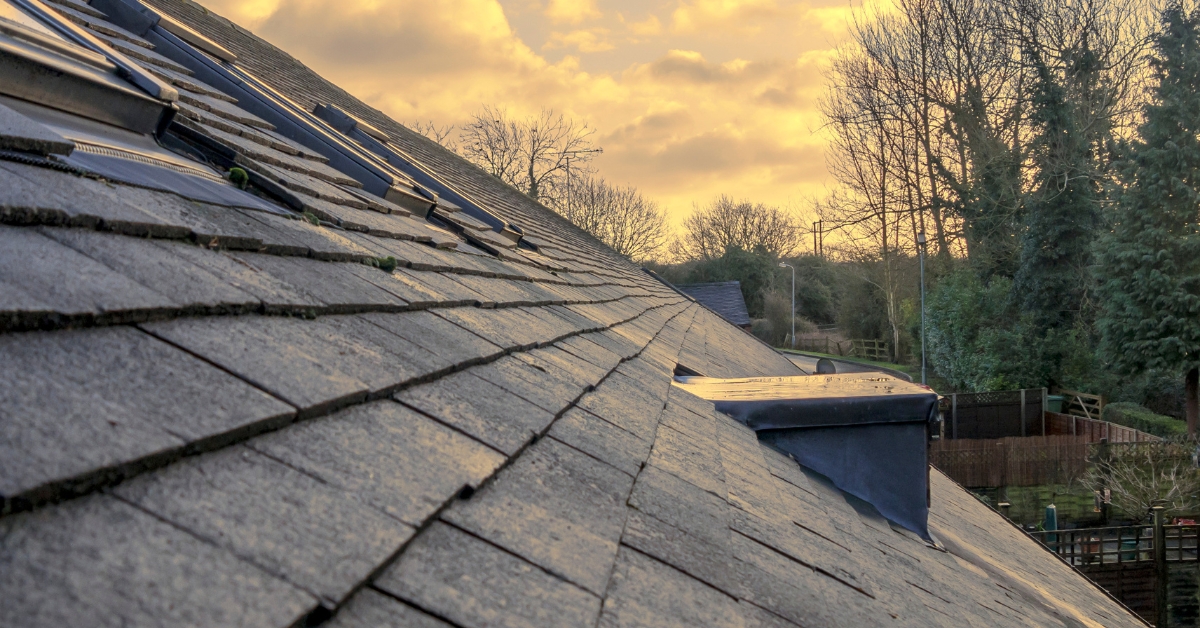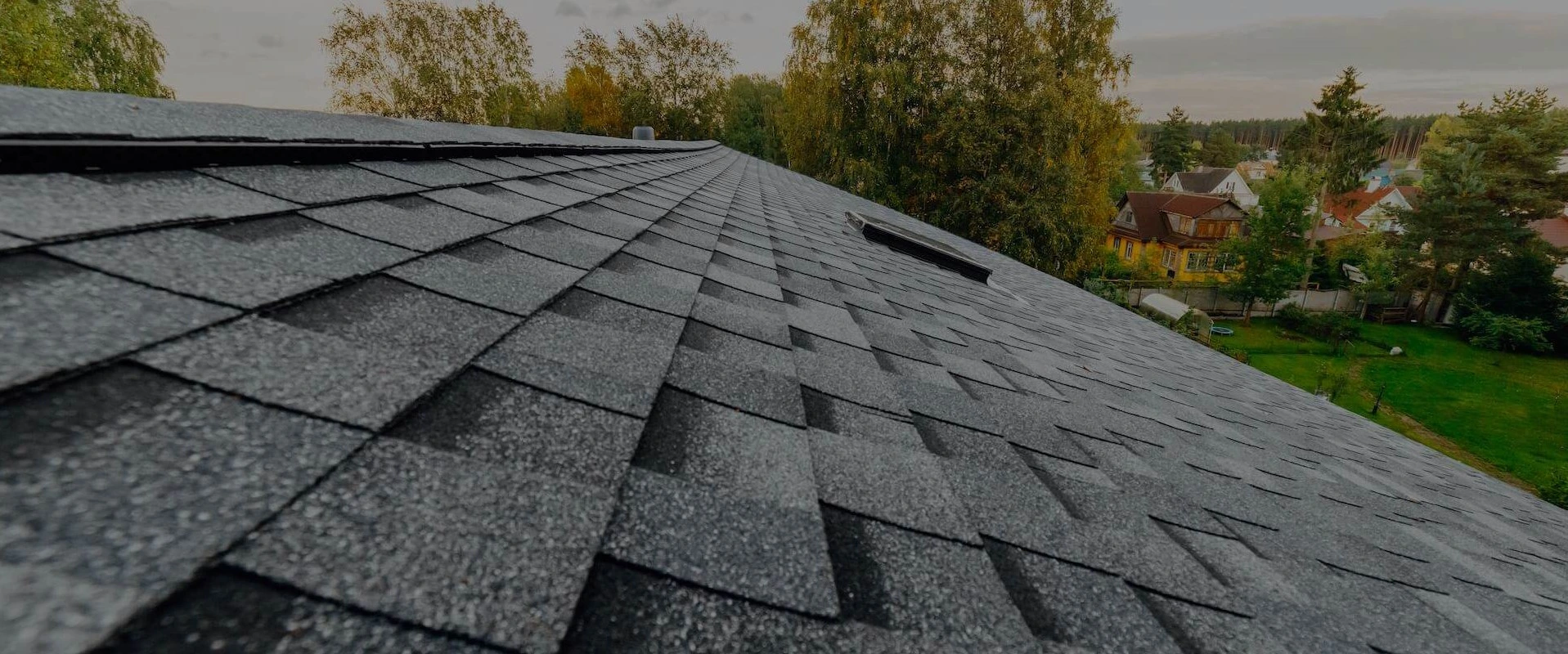Boost Your Home's Energy Effectiveness With Expert Roof Covering Provider
Enhancing your home's power performance through expert roof solutions involves a calculated strategy that surpasses mere visual appeals. The roofing system, often a forgotten element in energy conservation, plays an essential duty in maintaining a comfortable indoor setting while lowering energy expenses. From insulation to ventilation, every facet of your roof covering can impact your home's energy consumption. Consider the implications of roof covering color, the advantages of appropriate maintenance, and the impact of roofing materials on your energy performance objectives. It's time to raise your understanding of just how expert roof covering solutions can change your home into an energy-efficient sanctuary.
Significance of Roof Insulation
Effective roof insulation significantly contributes to keeping a building's energy effectiveness by decreasing heat loss and decreasing power intake. By creating a barrier that prevents heat from running away throughout the chillier months and getting in throughout the warmer months, roof insulation plays a vital function in stabilizing interior temperature levels. This stabilization brings about a lowered reliance on heating and cooling systems, inevitably lowering energy costs and reducing the general carbon impact of the building.
Moreover, appropriate roofing system insulation assists in stopping moisture accumulation within the structure's framework. By developing a protective layer that impedes the formation of condensation, insulation mitigates the risk of mold and mildew growth, timber rot, and various other forms of structural damage created by excess wetness. This not just maintains the stability of the building but also enhances interior air quality, advertising a healthier atmosphere for owners.
Fundamentally, purchasing high-quality roofing insulation is a cost-efficient technique that not only improves power performance yet additionally contributes to the lasting sustainability and comfort of a building.
Advantages of Correct Roof Covering Maintenance
Proper roofing system upkeep, as a vital complement to durable roof covering insulation, plays a pivotal function in ensuring the long-term sturdiness and performance of a building's roof. Regular maintenance activities such as inspections, repairs, and cleaning assistance in identifying and addressing concerns prior to they intensify right into pricey troubles. By proactively preserving the roofing, residential property owners can expand its life expectancy, stopping early wear and tear triggered by leaks, water damages, or structural problems.
One of the crucial benefits of proper roofing upkeep is enhanced energy efficiency. A well-maintained roof covering with undamaged seals and insulation ensures that heating & cooling systems run much more effectively, decreasing energy intake and energy costs. Additionally, by keeping the roofing in good condition, building proprietors can stay clear of the requirement for major repair services or premature roof replacements, saving both time and cash in the lengthy run.

Impact of Roof Covering Color on Energy Effectiveness
The color of a roofing can considerably affect its energy effectiveness performance. Light roofing systems, such as light or white grey, reflect more sunlight and warmth away from the structure, decreasing the amount of warmth soaked up into the framework. A&E roofing contractor queens. This reflective building helps in maintaining reduced interior temperature levels, particularly throughout warm summertime, which can bring about decreased reliance on a/c systems and reduced energy costs. On the various other hand, dark-colored roof coverings, like black or dark brown, take in even more warmth, bring about higher indoor temperature levels and possibly boosting the requirement for cooling down systems.
In areas with primarily warm environments, choosing a light-colored roofing system can add to considerable energy savings and enhanced comfort inside your home. However, in cooler climates, a dark-colored roof might assist in maintaining even more warmth during the winter season months. When picking a roofing system color for your home, take into consideration factors such as climate, power effectiveness objectives, and individual choices to make an informed decision that aligns with your specific requirements.

How Roof Covering Ventilation Influences Power Financial Savings
Enhancing roofing air flow plays a vital role in maximizing energy efficiency and reducing general air conditioning prices for structures. Correct roof covering air flow assists regulate the temperature in the attic space, preventing heat build-up during hot weather condition. By enabling hot air to escape and fresh air to flow, roof air flow can significantly lower the pressure on cooling down systems, resulting in reduced energy consumption and utility bills.
Poor roofing system air flow can lead to a range of concerns that impact power savings. In addition, poor ventilation can add to moisture click here now accumulation, which can lead to mold and mildew growth and endanger the structural honesty of the roof.
Enhancing Performance Through Roof Products
Choosing premium roofing materials is essential for taking full advantage of power efficiency in buildings. The sort of roofing material made use of can substantially impact the total energy usage of a framework. For instance, products with high solar reflectance and thermal emittance properties can help in reducing the warmth taken in by the roof covering, therefore decreasing the requirement for too much air conditioning throughout heat.
One popular selection for energy-efficient roof is amazing roofing products, such as metal roof coverings or white membrane layer roofing. These products have the ability to show more sunshine and absorb less warmth contrasted to standard dark-colored roofing systems, causing decreased energy expenses and enhanced indoor comfort. Furthermore, materials with high insulation properties, like spray foam roof or insulated metal panels, can boost the building's thermal efficiency, reducing warm loss in the winter and warm gain in the summer season.

Final Thought
Finally, it is vital to focus on proper roof insulation, maintenance, color option, ventilation, and materials to enhance your home's energy performance. These variables play a critical role in minimizing energy consumption and costs, in addition to boosting the general comfort and sustainability of your living area. By buying professional roofing solutions, you can considerably enhance the energy performance of your home and add to a more eco-friendly lifestyle.
Think about the ramifications of roofing system color, the benefits of appropriate upkeep, and the influence of roof products on your power effectiveness objectives.Reliable roofing system insulation substantially adds to maintaining a structure's power effectiveness by minimizing heat loss and lowering power intake - A&E roofing contractors queens.Correct roofing maintenance, as an essential enhance to durable roof insulation, plays a critical function in making sure the long-term longevity and performance click this of a structure's roof system. Additionally, by maintaining the roofing in excellent problem, residential or commercial property proprietors can prevent the requirement for major repair services or early roofing system replacements, conserving both time and cash in the long affordable roofing and guttering run
Enhancing roofing system ventilation plays a critical function in maximizing energy performance and minimizing overall air conditioning costs for structures.